How Data Travels in F1
An Interview with an IT Trackside Engineer at the Aston Martin F1 Team
Thank you for being here. You are receiving this email because you subscribed to Idée Fixe, the newsletter for curious minds. I’m Toni Cowan-Brown, a tech and F1 commentator. I’ve spent the past five years on the floor of way too many F1, FE, and WEC team garages, learning about the business, politics, and tech of motorsports. I hope you’ll stick around.
⏳ Reading time: 8min
How Data Travels in F1
We often talk about the data in F1, but I want to talk about the infrastructure, IT network, and teams that power it all. I had the opportunity to talk with Josh Curry - the Lead IT Trackside Engineer at the Aston Martin Aramco F1 team in Q4 of last year (2024) and the Juniper Networks team. I’ll do my best to break down our conversations in the most complete and simplistic way possible.
Note: The initial article was a collaboration and paid partnership between Juniper Networks and me.
How Data Travels in F1
Data is everywhere in Formula 1. From the moment a car hits the track, thousands of data points are collected every second, driving every decision made in real time. That data journey, of course, starts way before the cars are out on track - and this data can be what the car is telling us from the sensors, to what the drivers are relaying to their race strategist, data from the tyres to conversations from the pit wall and engineers, and this also includes the data from safety measures introduced over the years. Measures such as the accelerometers that all drivers now have in their earpieces (introduced in 2014), which communicate the exact movements of the head during an impact, as well as biometric sensors in the drivers' gloves, which transmit blood oxygen and pulse levels.
It’s also worth noting that all the data the teams collect is shared with the FIA. Just like the FIA has scrutineers in each team garage to ensure all teams are following the regulations and rules of the sport, that same level of transparency and overview is also applied to the data that is gathered, analysed and then used by the teams. So, at the end of every race weekend, because all the servers are packed up, the team must ensure that all the data collected that weekend is shared with the FIA.
Right data, Right Moment and in the Right Hands
Have you ever wondered how this data moves so fast and gets to the right people at the right moment? Behind every race, there's a network of critical infrastructure.
In the most simple way, IT networks are systems or structures that connect computers, devices, and people, allowing them to share data, resources, and services. They can be as small as two devices linked together or as large as the global internet. In the words of Josh Curry, Lead IT Trackside Engineer at Aston Martin Aramco Formula 1 Team:
“A network is just a communication method. If we boil it down to two single computers, it’s the communication between these two computers. You could imagine it as a phone call between yourself and someone else, and if you start adding more and more computers like the World Wide Web, they are also just communicating with each other. The network is just the physical aspect of that - how those electrical signals transfer to each computer.”
In the case of Aston Martin Aramco, this network is driven by their IT team, powered by Juniper Networks access points and switches, other teams on the grid will have different partners. Their mission is very much to ensure a seamless flow of communication and data from the track to the campus and back.
Just like with all other aspects of an F1 race weekend, there are many teams involved in ensuring that all the servers and the IT infrastructure is properly set-up and ready to be used every single weekend - no matter the location.
The Set-up Crew is Vital
There is a dedicated set-up crew that sets up the garage ahead of the team’s arrival. This happens a full week before the race weekend. By the time the race begins, they're already at the next race location (or a pit stop at home if there's time between races). The IT crew will arrive on the Monday of race week and that Monday through Wednesday is the IT set-up which generally takes the full three days, and is done ahead of the rest of the team’s arrival. In terms of freight, an entire team’s freight is about 14 tonnes - of which the IT kit makes up roughly 10% of that weight.
As part of their digital transformation and F1's goal to be net-zero carbon by 2030, Aston Martin Aramco transitioned from using around 40 physical computers, each running individual services and requiring more space, cooling, travel logistics, and energy, to a 90% virtual system.
Whilst the cars are on track, 118 megabytes of data per second are sent back to the campus in 0.01 seconds* to the UK, and back at the Aston Martin Racing Technology Campus (AMRTC), which is the new state-of-the-art facility for Aston Martin Aramco in Silverstone. The team has its own version of mission control with 30 seats for data analytics and strategy to help the trackside team. There are an additional 10 seats for aerodynamicists, and they treat this as their “hub of data and engineering”.
All the immediate data that is needed in real-time is treated by the on-track team, and by the time the teams hit the curfew (all teams in F1 have a curfew by which they need to be out of the Paddock and their respective garages), all the data gathered during each race weekend session is sent back to the AMRTC.
*This becomes 0.02 seconds when the team is in Australia.
The Network that Powers it All
The network is probably much broader than most of us realize. The team has some central racks which create their network at the track and create the connection back to the AMRTC, but the job doesn’t stop there. There are many different places around the garage - the centre island, the pit wall, the engineers’ office, the hospitality suite… All of these places need the network that we provide. The team will work with their partners to run fibre and CAT5 cables weeks before the Grand Prix happens, so that when the team’s IT team arrives, they just have to plug in the additional hardware to enable our network everywhere. And there is always a backup for everything.
In other words, whether it’s optimising pit stops or deciding when to push the car, real-time data and reliable communication are the heartbeat of every race. So having the data is one thing. But having it in real-time and ensuring reliable communication is at the heart of every race weekend. From campus to track, reliability is key for every team, with the network up and running 24/7. And in the words of the team, if the servers go down, “we are in big trouble”, which is why it’s important for them as a team to work with the state-of-the-art infrastructure like Juniper Networks.
Formula 1’s Digital Transformation
In recent years, Formula 1 has undergone a significant digital transformation, similar to most businesses. This shift has been driven by advances in data collection, cloud computing, real-time analytics and overall technology advancements, all of which have fundamentally changed the competitive landscape.
Each team has had to adapt to this new era, leveraging cutting-edge technology to gain even the slightest edge in performance. Almost half of the sponsors today in Formula 1 are technology brands and more often than not, they are partners supporting their technology needs. From the design and simulation stages to race-day strategy and the overall infrastructure, digital tools now play a pivotal role at almost all levels of the sport.
The IT Infrastructure - from the Technology Campus to the Track
Building a network to power something like the new Aston Martin Racing Technology Campus (AMRTC) is one thing. Extending that network to tracks around the world in 20+ different locations is a whole other challenge. In Formula 1, agility, flexibility and reliability are everything. With the FIA limiting the number of personnel on track, all teams have had to do more with less.
With every race in a new location, the team needs to set up and connect quickly and the network that connects it all has to be up and running within hours - every time without fail. From the campus to the pit wall, devices must be deployed fast and reliably so that the trackside team can be set up and running to communicate with the rest of the trackside crew - the 40 experts back at mission control, supporting operations with real-time data analysis and strategy.
Each team's journey through digital transformation has been unique, but the overall trend points towards a future where technology continues to play an ever-greater role in the sport's on-track and off-track elements. As Formula 1 embraces the digital age, teams that successfully integrate these technologies will be better positioned to remain competitive - faster, more efficient and always connected.
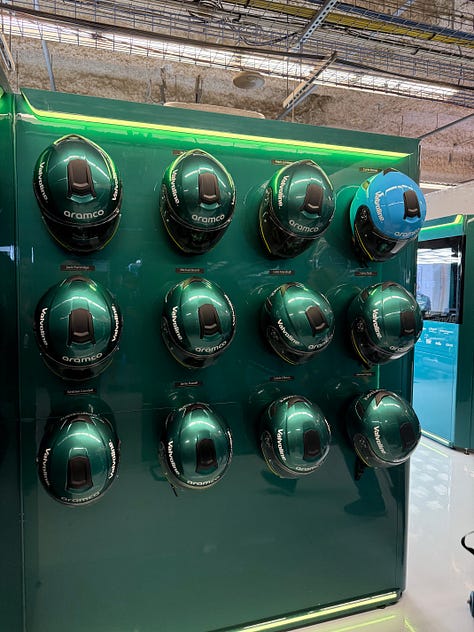
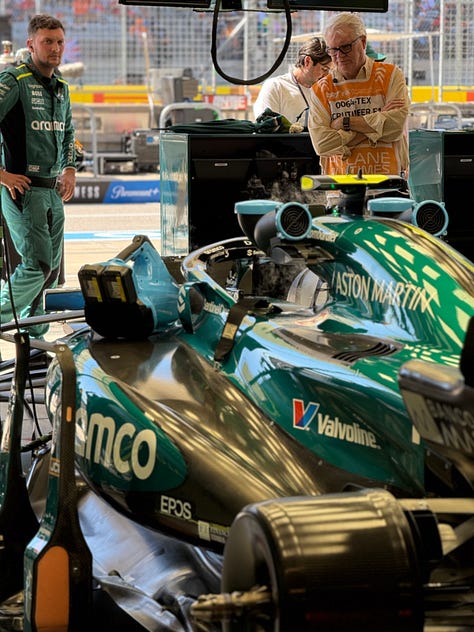
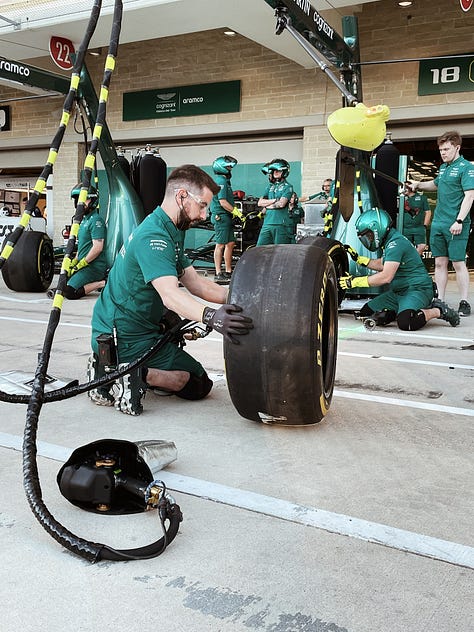
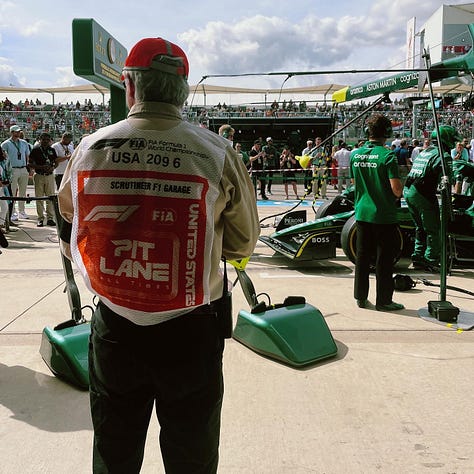
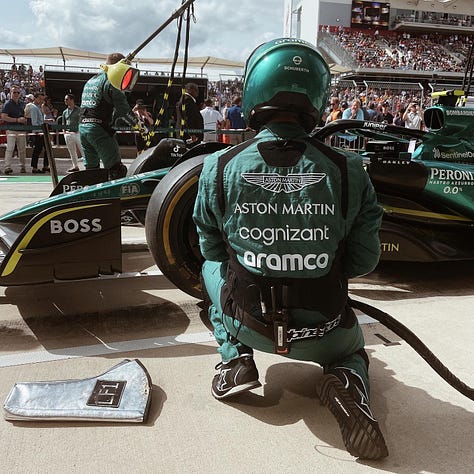
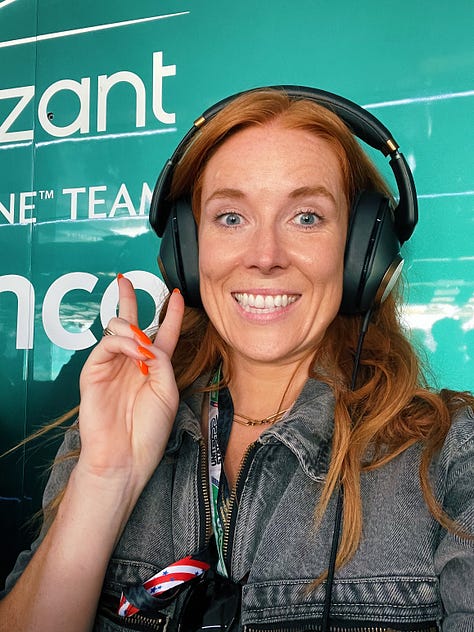
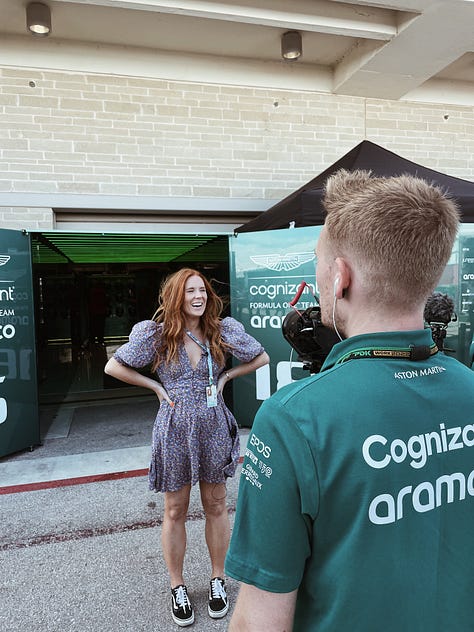
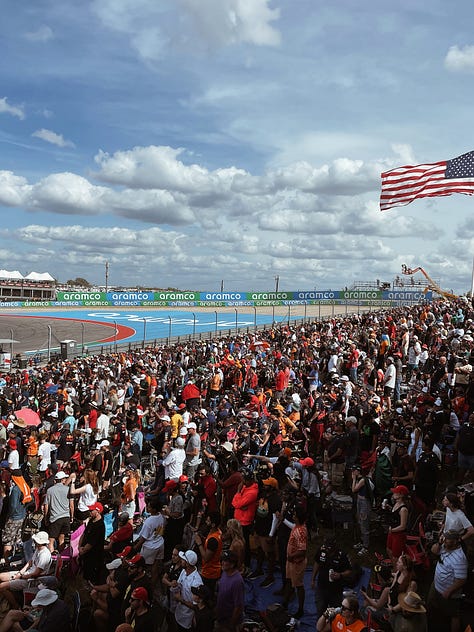
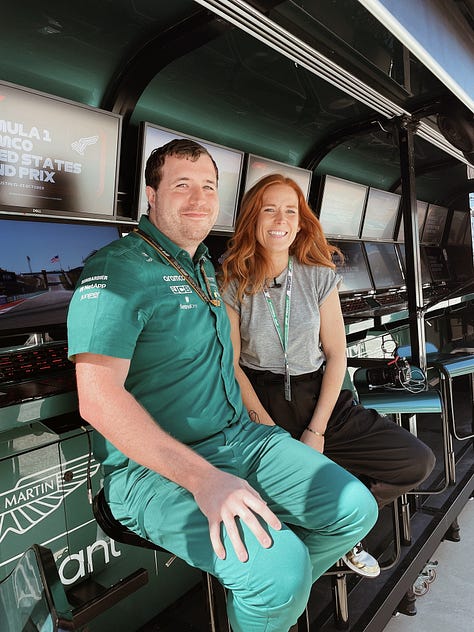
🔗 The Viewing Revolution: How European Sports Fans Are Changing The Game | Regen Sports
For today’s release, I'm breaking down Ross Video's insightful report: "A definitive guide to the modern sports viewer," which offers some fascinating perspectives on how European fans are consuming sports content. Read here.
🔗 I spent a day working with NYC's hot dog king | Morning Brew







this is a great breakdown. well done!
Excellent piece